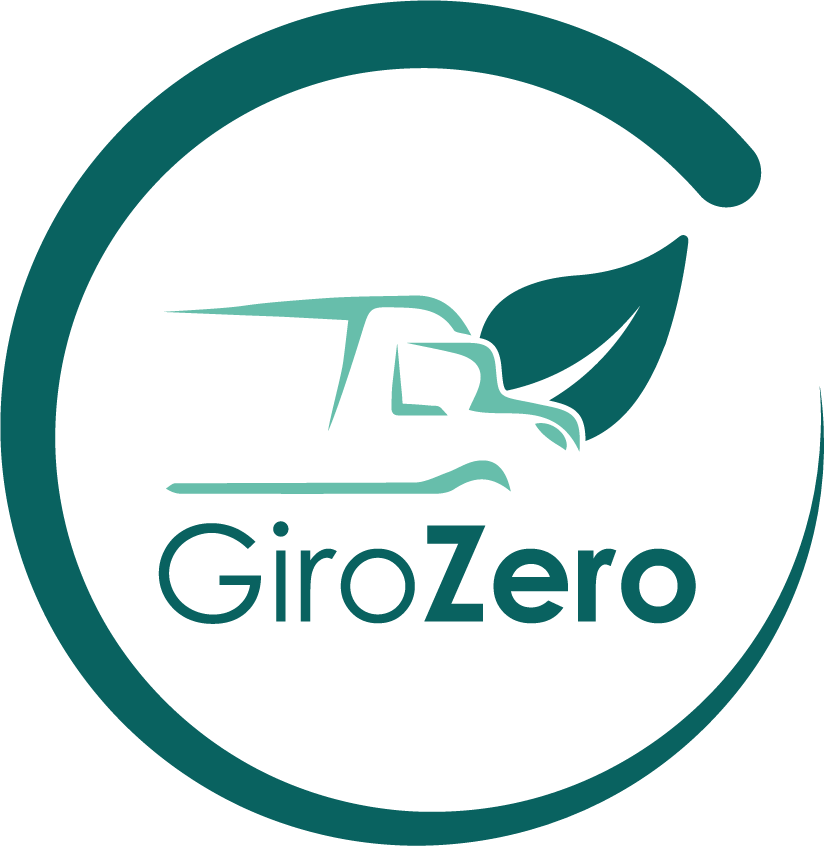Frenar el calentamiento global, un desafío de todos

El cambio climático no da más espera y sus efectos son cada vez más notorios. Según Naciones Unidas, la década de 2010 a 2019 es la más calurosa que se haya registrado. Durante el año 2019, por ejemplo, se reportó un aumento en los niveles récord de dióxido de carbono (CO2) y de otros Gases de Efecto Invernadero (GEI) en la atmósfera, los cuales son causantes del calentamiento global. Inundaciones, temperaturas extremas, incendios, entre otros fenómenos, han cobrado vidas y están afectando a los ecosistemas y, por ende, al sector agricultura, poniendo así en riesgo a la seguridad alimentaria.
Los países y las economías de todo el mundo han tomado consciencia de esta problemática y están uniendo sus esfuerzos para limitar el calentamiento global por debajo de los 2 grados Celsius, preferiblemente inferior a los 1,5 grados Celsius. La meta es reducir significativamente las emisiones mundiales de gases de efecto invernadero para evitar el aumento global de la temperatura en este siglo como lo pactaron el 12 de diciembre de 2015, los 197 países que adoptaron el Acuerdo de París en la COP21 y 189 naciones que lo ratificaron en 2016.
Colombia, por su parte, tiene como propósito reducir las emisiones de GEI en un 51% para el 2030 (Ministerio de Ambiente, 2020), en relación con sus niveles habituales (Organización de las Naciones Unidas, 2021). El gobierno colombiano se comprometió a emitir como máximo 169,44 millones de toneladas de CO2 equivalente en 2030, lo que es 51% menos de emisiones respecto a las proyectadas para la misma fecha: 345,8 millones de toneladas de CO2 equivalente. El objetivo es iniciar un decrecimiento en las emisiones entre 2027 y 2030, en camino hacia el carbono neutro para el 2050.
¿Cómo contribuye el transporte a las emisiones?
El sector del transporte colombiano contribuye de manera importante a las emisiones globales totales. Según el Informe de Inventario Nacional de GEI de Colombia, 2016, el transporte representa el 12% de las emisiones de GEI de Colombia (CO2, CH4, N2O), la mitad de las cuales, es decir, el 6% corresponde a camiones y autobuses pesados. Al excluir los buses, el Transporte Automotor de Carga (TAC) aporta aproximadamente el 3% a las emisiones.
A la contribución de las emisiones, se suma el hecho de que los camiones son el principal modo de transporte de la carga que se mueve por todo el territorio nacional: movilizan aproximadamente el 97% de las mercancías, excluyendo carbón y petróleo. Por eso, es urgente implementar acciones conjuntas para encaminar al Transporte Automotor de Carga hacia las cero emisiones.
